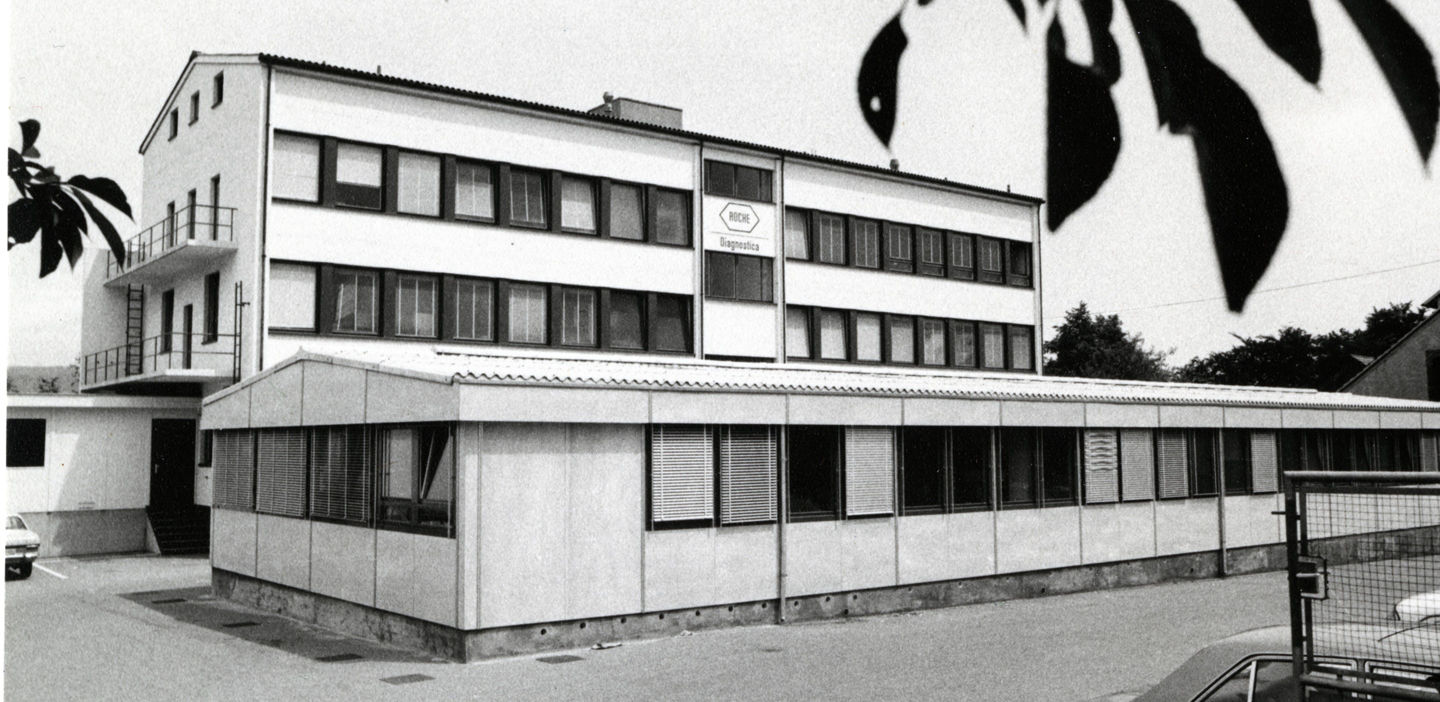As cholera ravaged the usually vibrant city of Hamburg in 1892, a young Fritz Hoffmann, shocked by the grotesque scenes of suffering, pledged to create a company that would make medicine better. That company is F. Hoffmann-La Roche AG, or more commonly known as Roche.
As a merchant, not a scientist, Hoffmann encouraged his employees to pursue the technologies that would solve the medical challenges of the day. He did not bind Roche to the singular technology of chemical synthesis that was favored by most other pharmaceutical companies at the time. Instead, he gave his scientists the freedom to explore other ways of developing new medicinal tonics, such as extraction chemistry.
This liberal approach to achieving excellence in medicine has seen Roche continuously push the boundaries of scientific possibilities and repeatedly establish itself as a pioneer of cutting-edge healthcare solutions across a multitude of disease areas, including infectious diseases, oncology and neuroscience.
Although best known to many – depending on their vintage – as a vitamins company or for sedatives, such as Valium, or for life-changing cancer medicines, including Avastin, Herceptin and Tecentriq, Roche has also long been leading the way in the area of diagnostics.
As we move into a more connected, data-driven and digitally-enabled era of healthcare management and delivery that is dependent on crucial advances in diagnostic capabilities, we reflect on the humble beginnings of Roche’s diagnostics story. We also look at what Roche’s past means for patients today as well as what it may predict about how we protect and care for our health and well-being in the years ahead of us.


